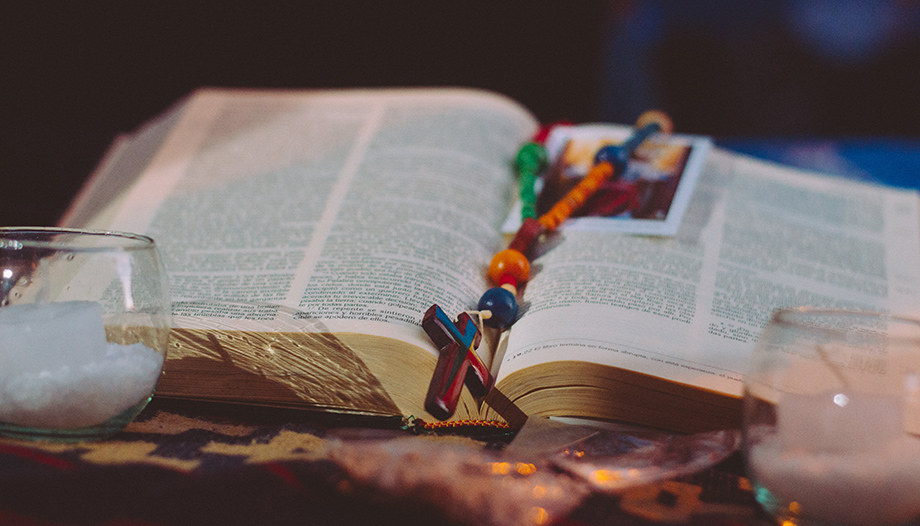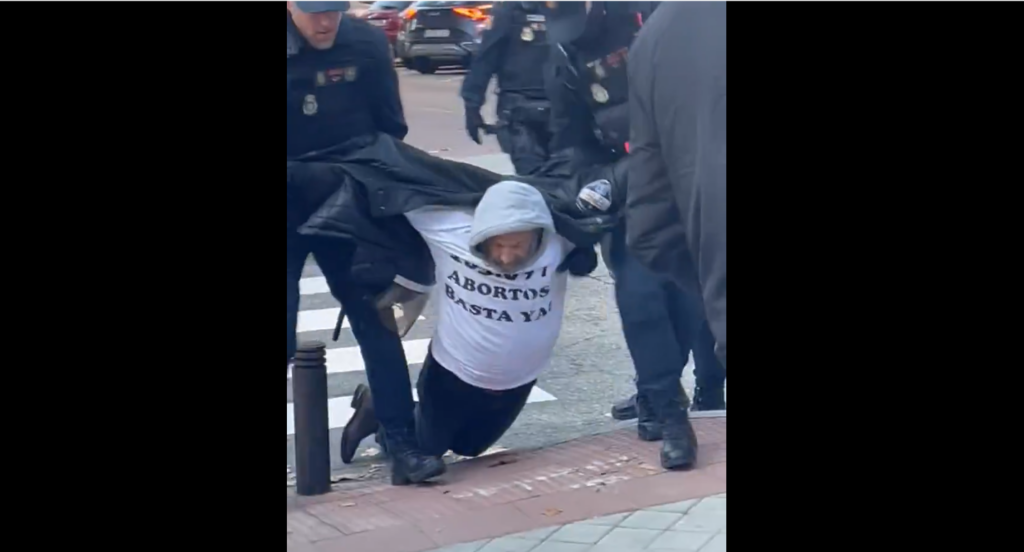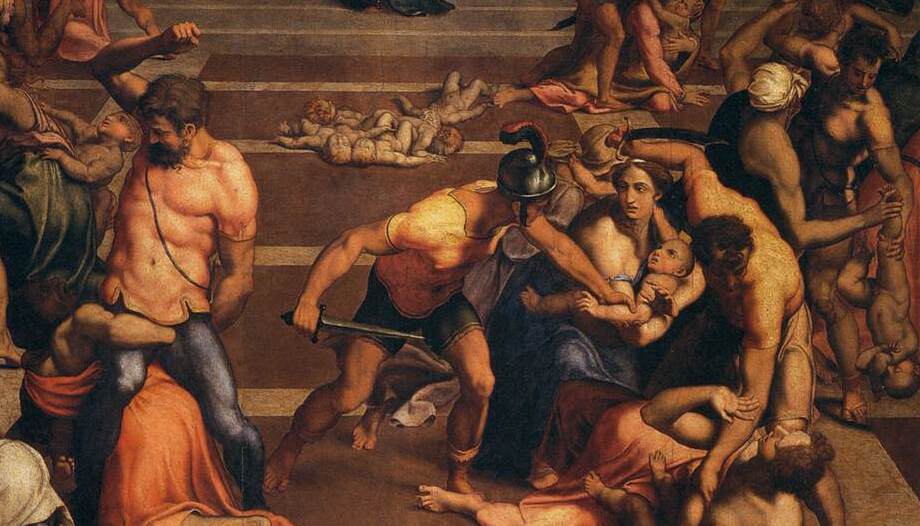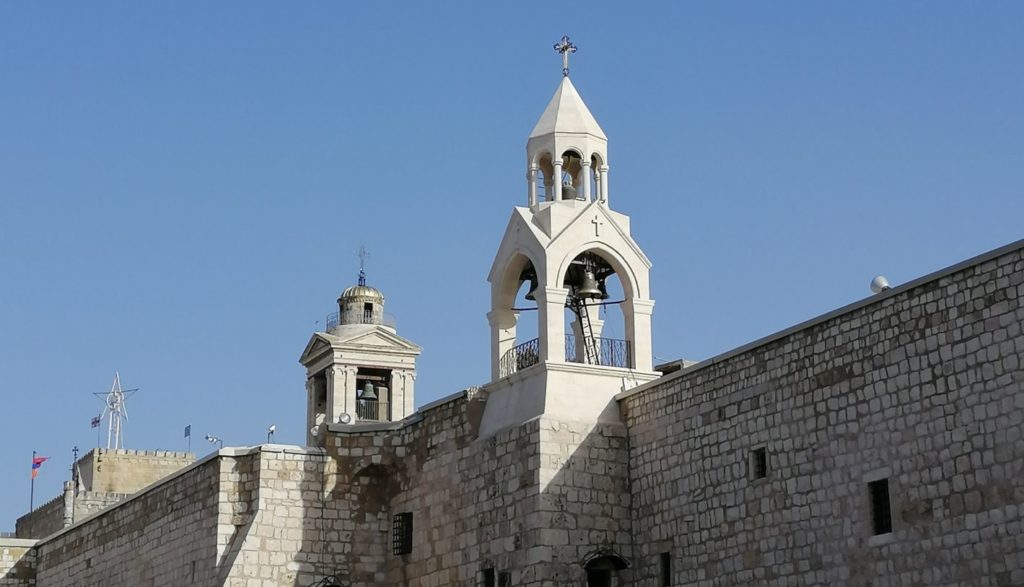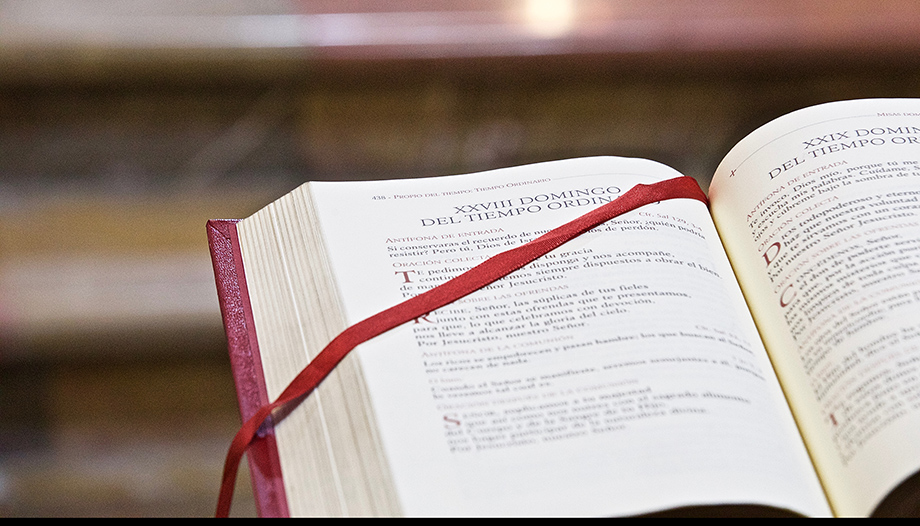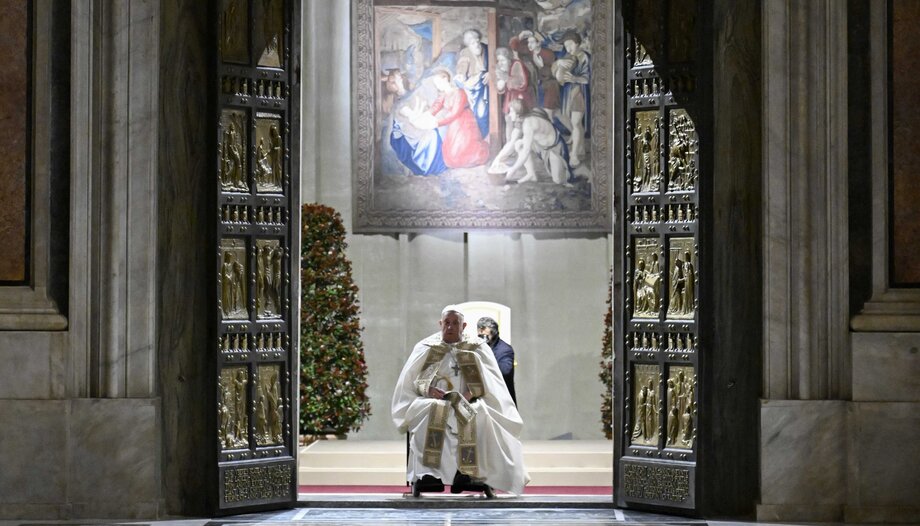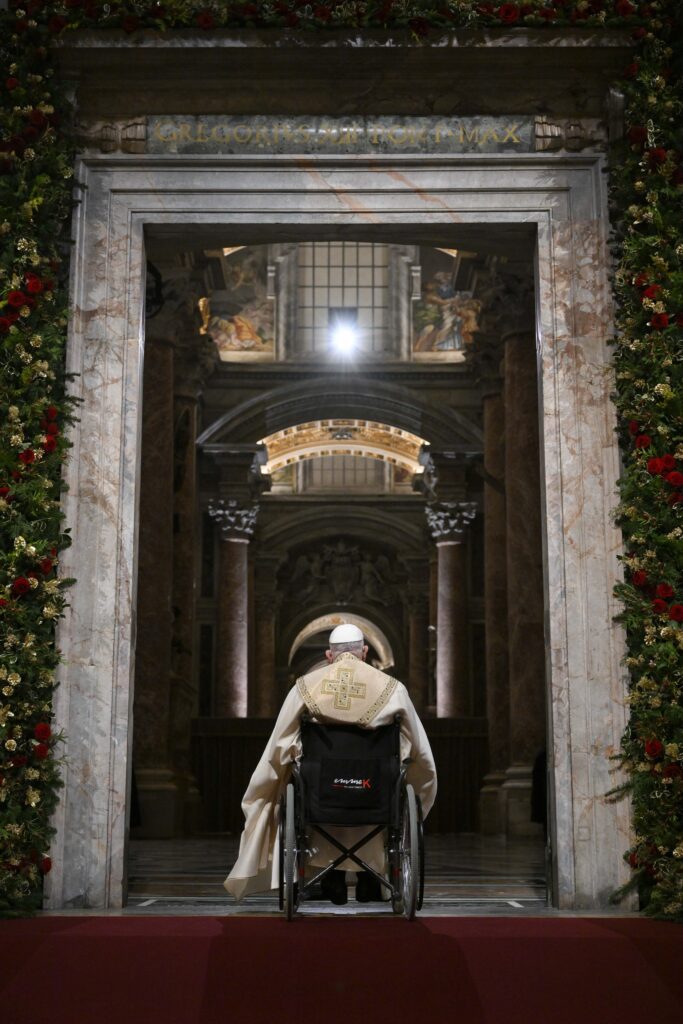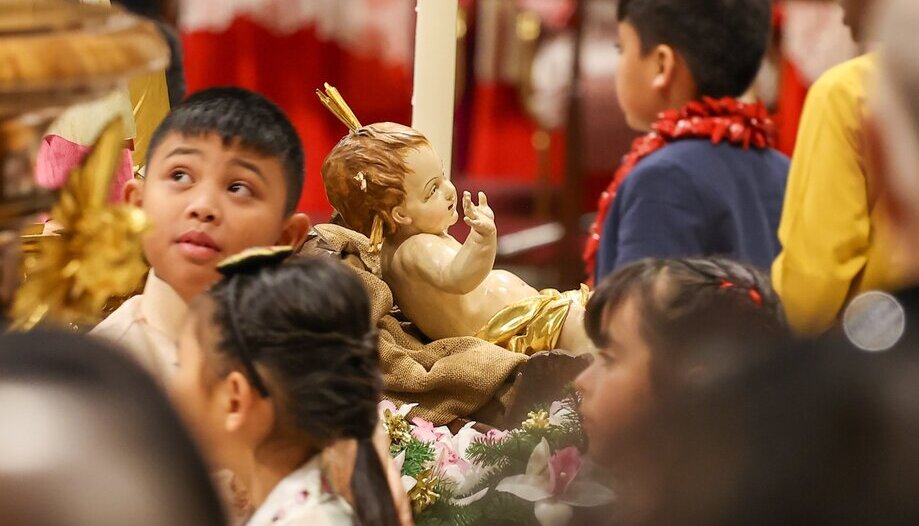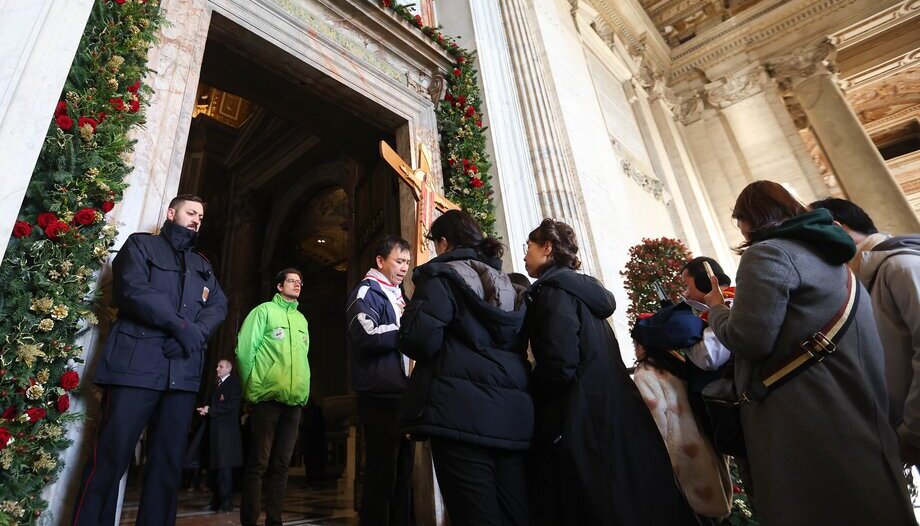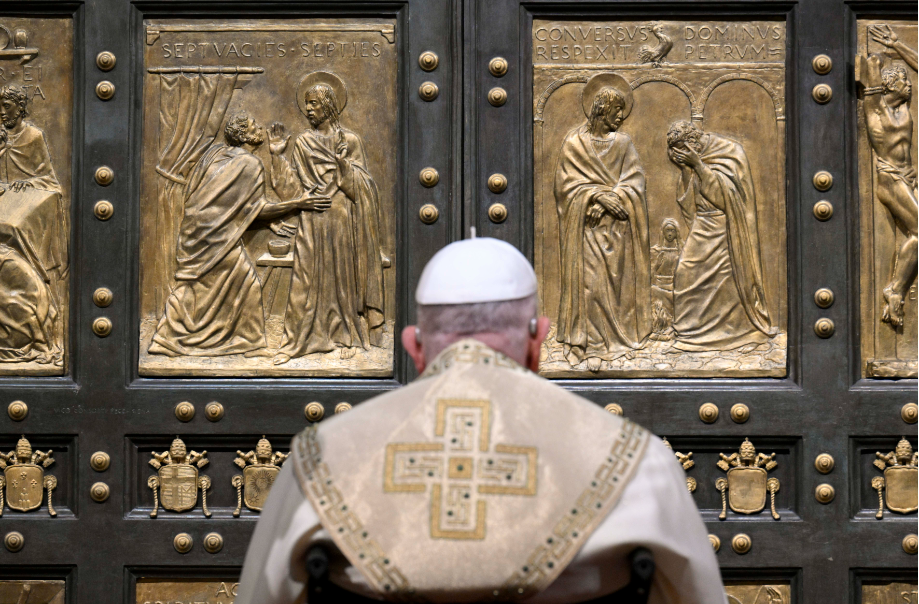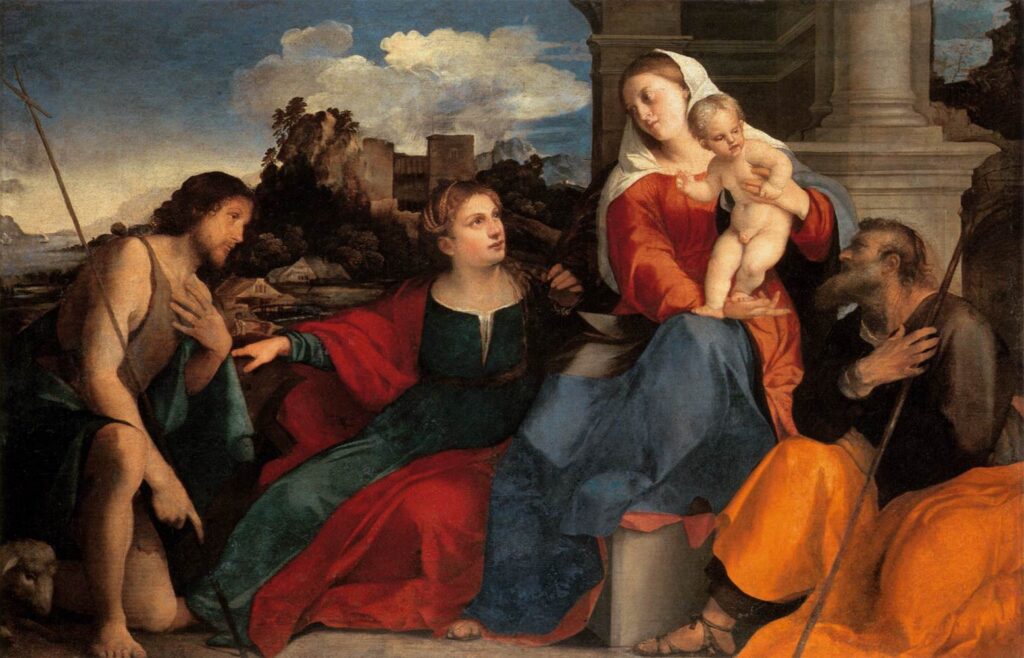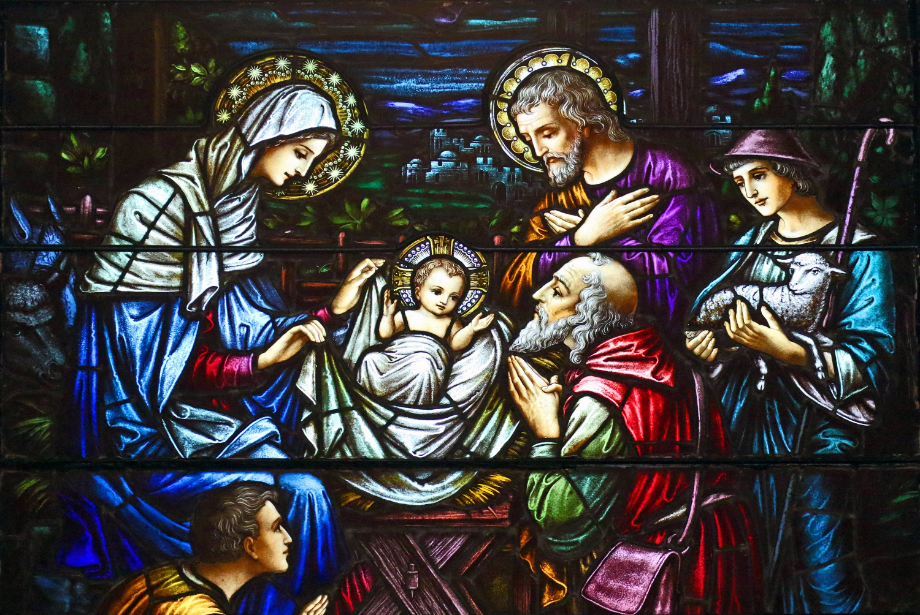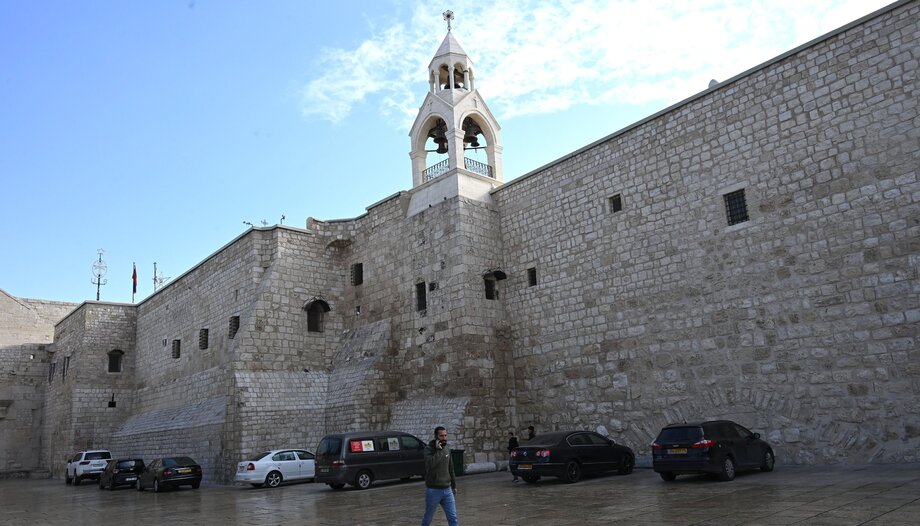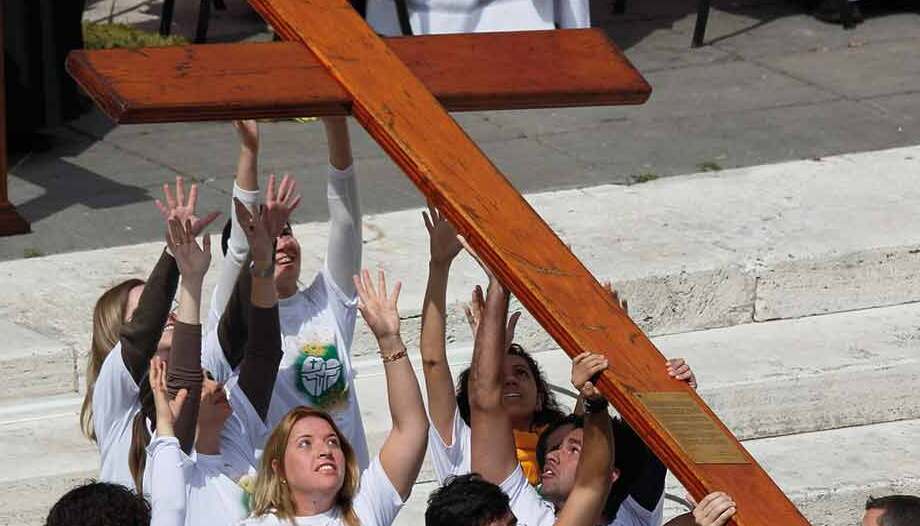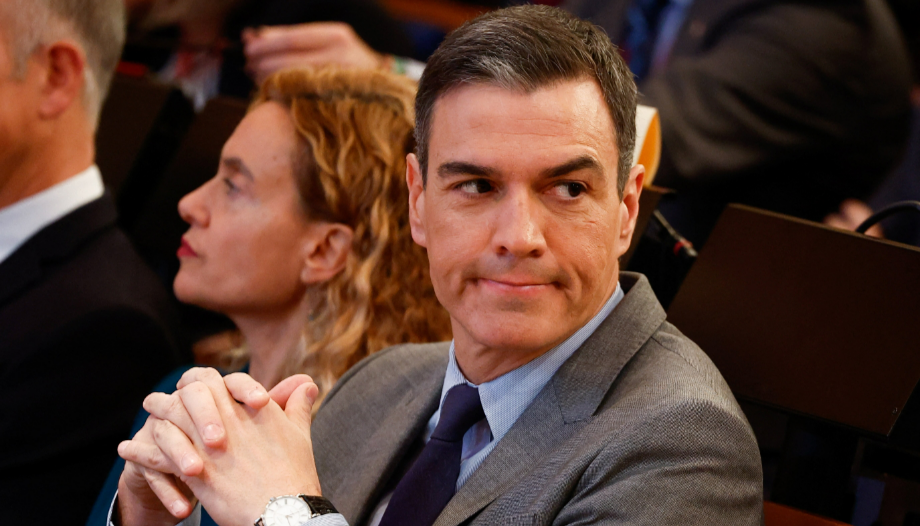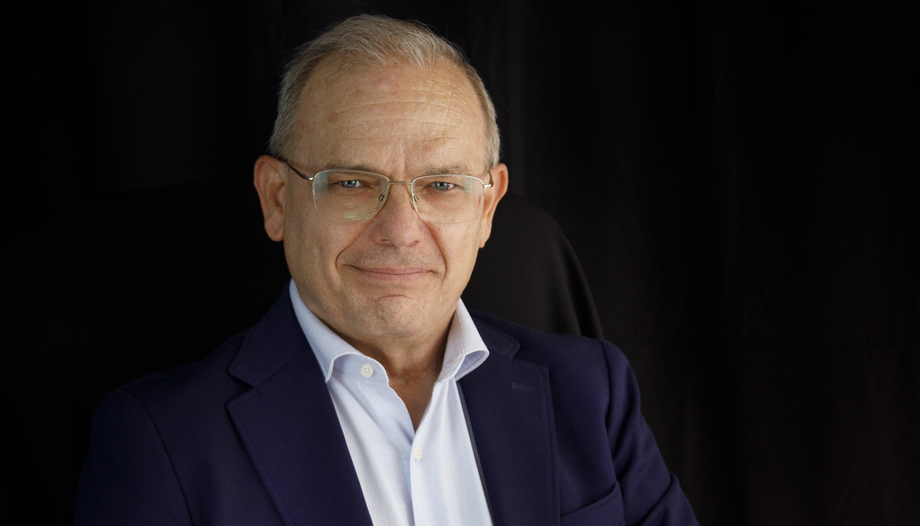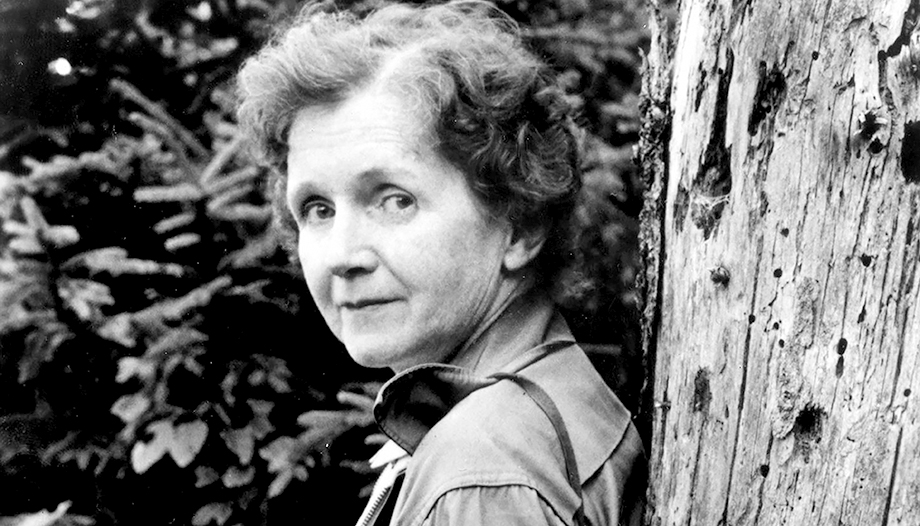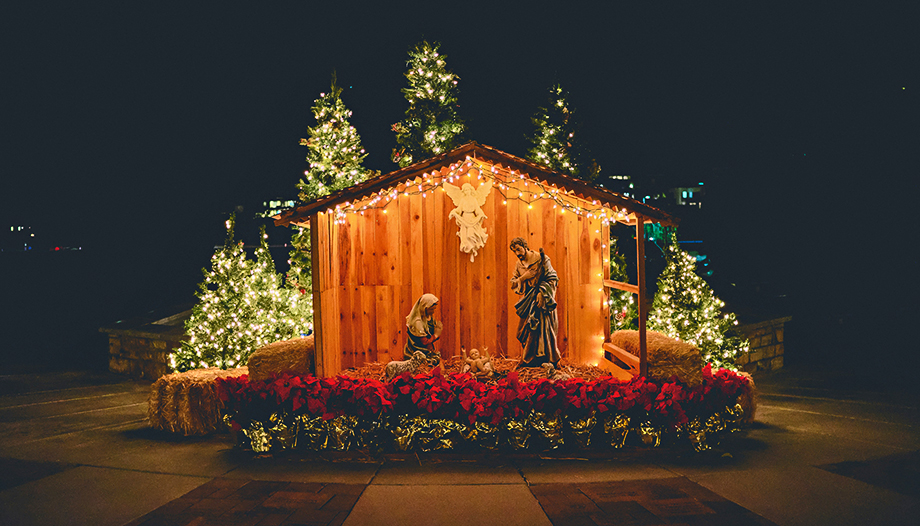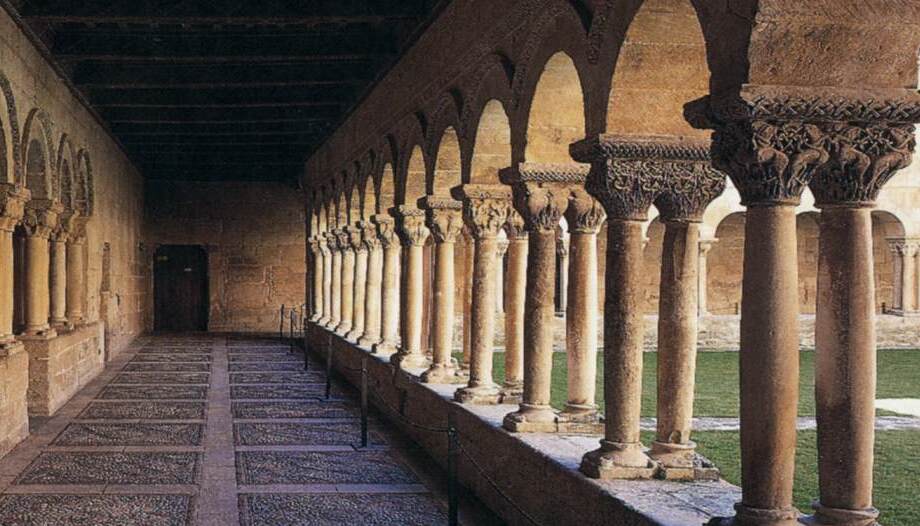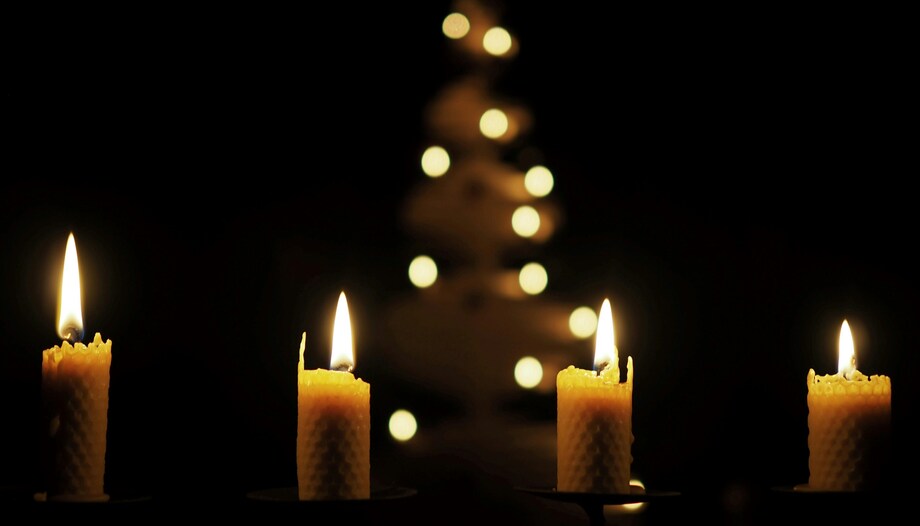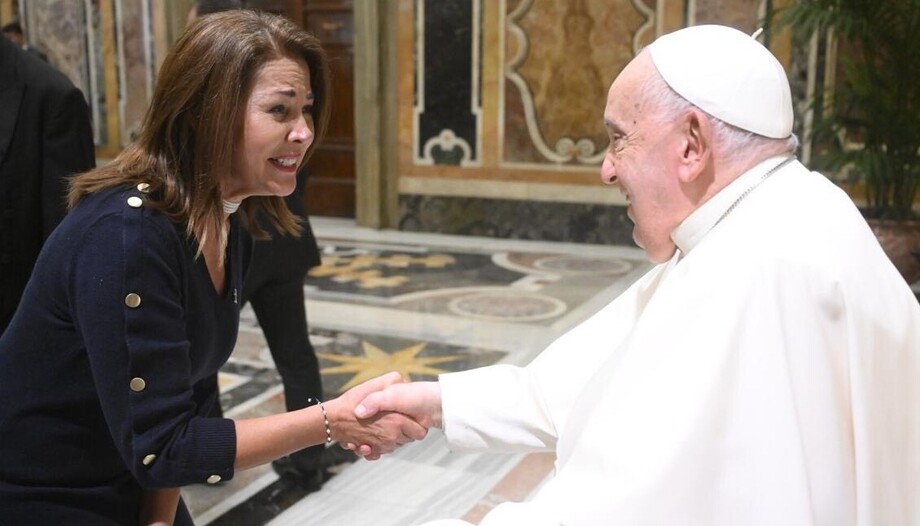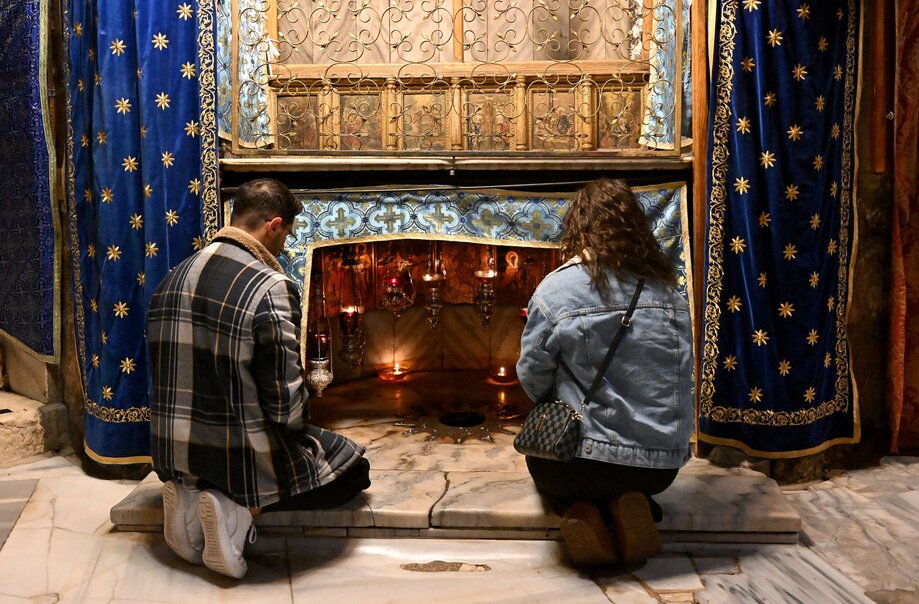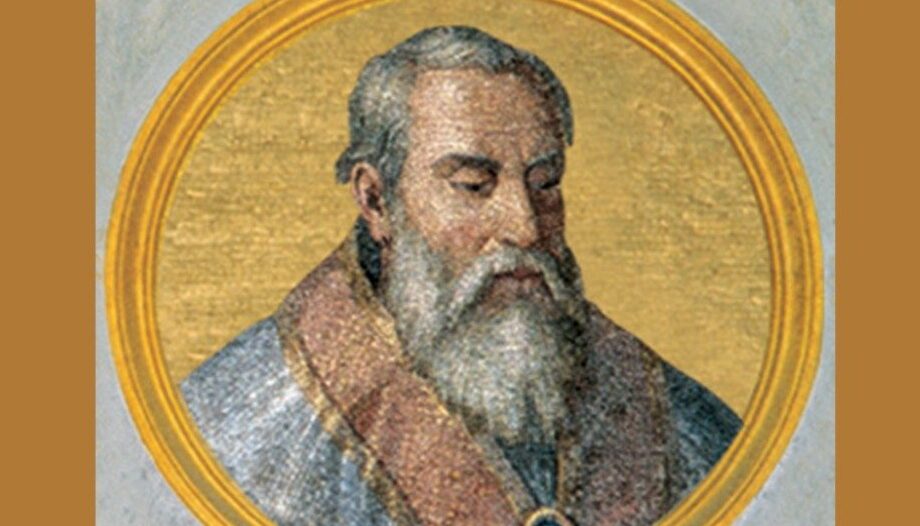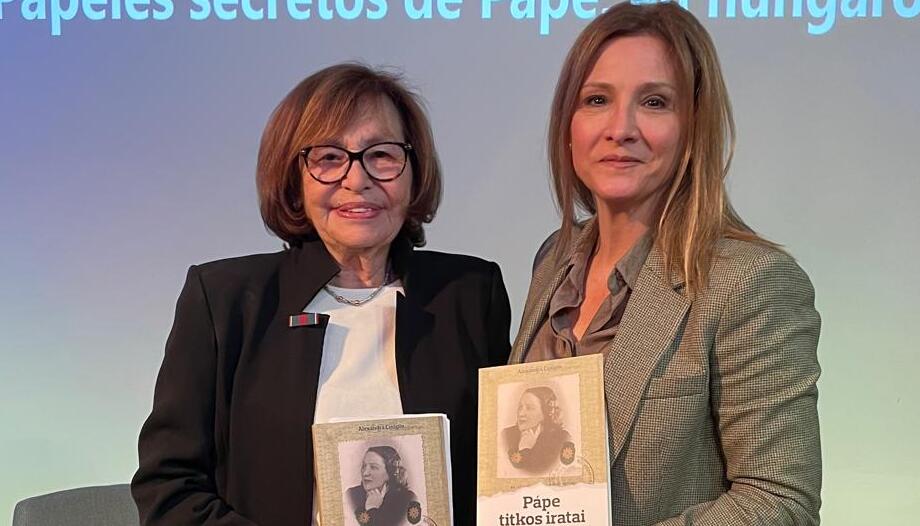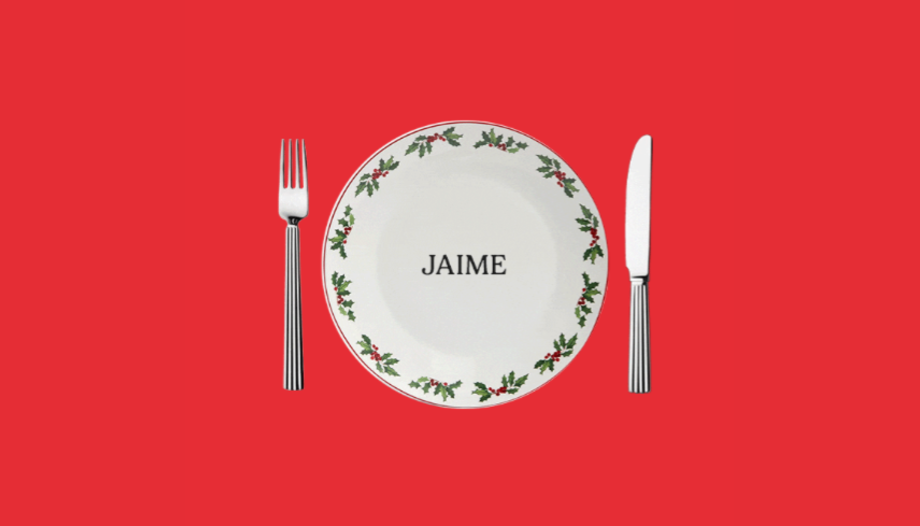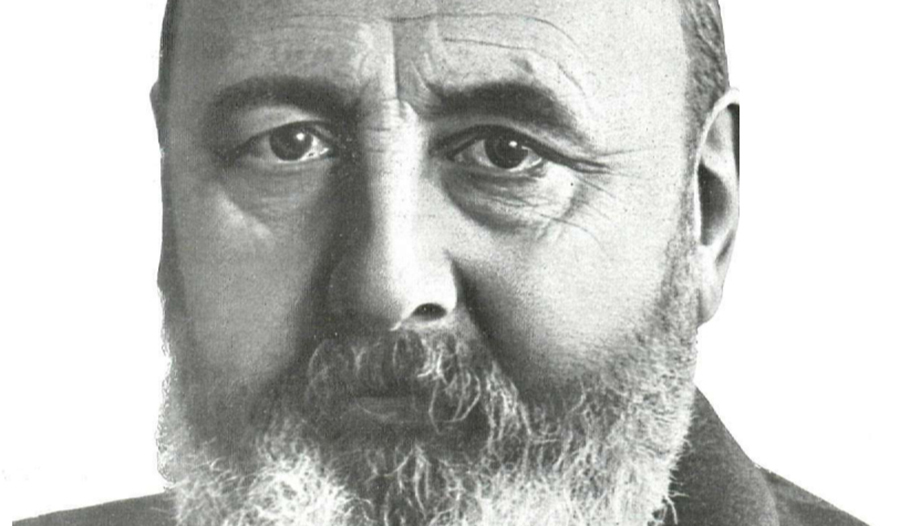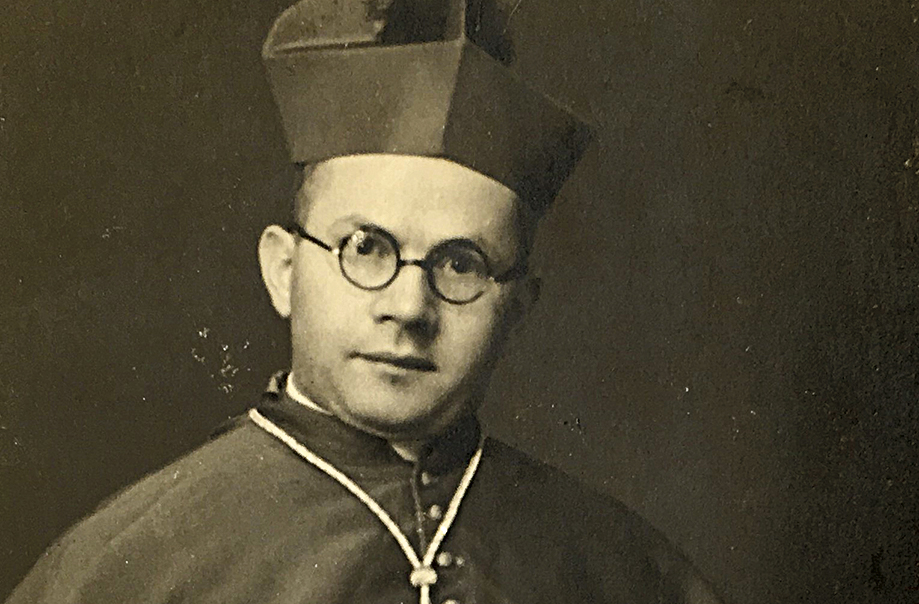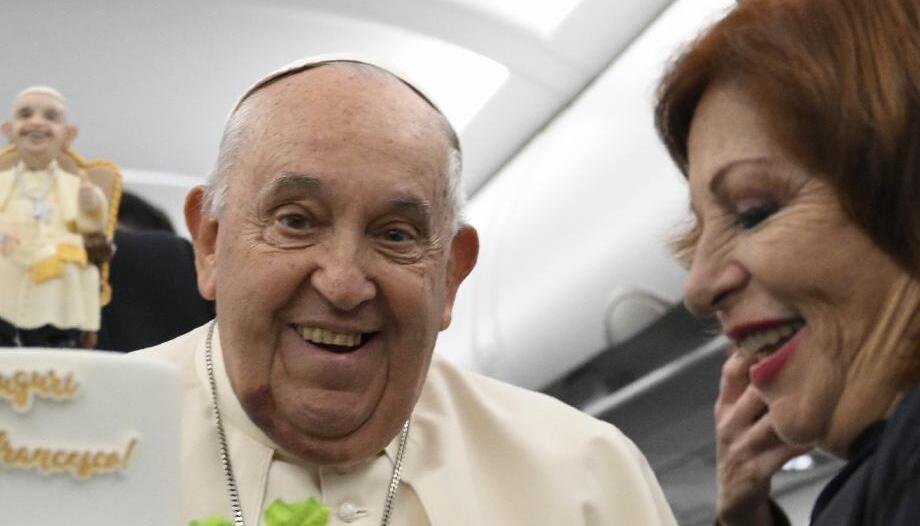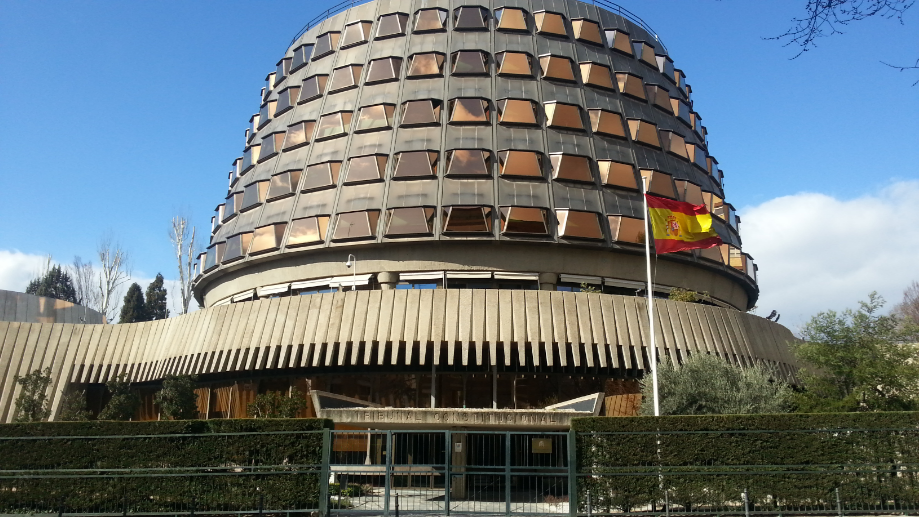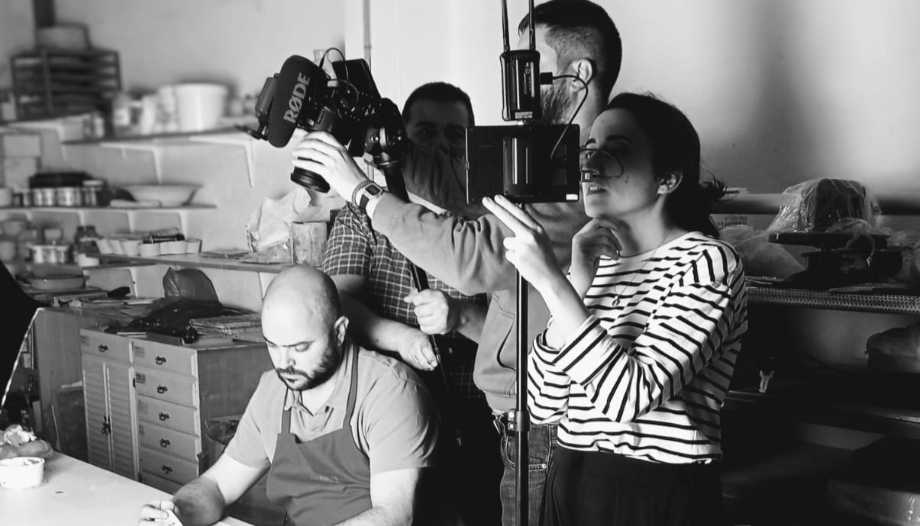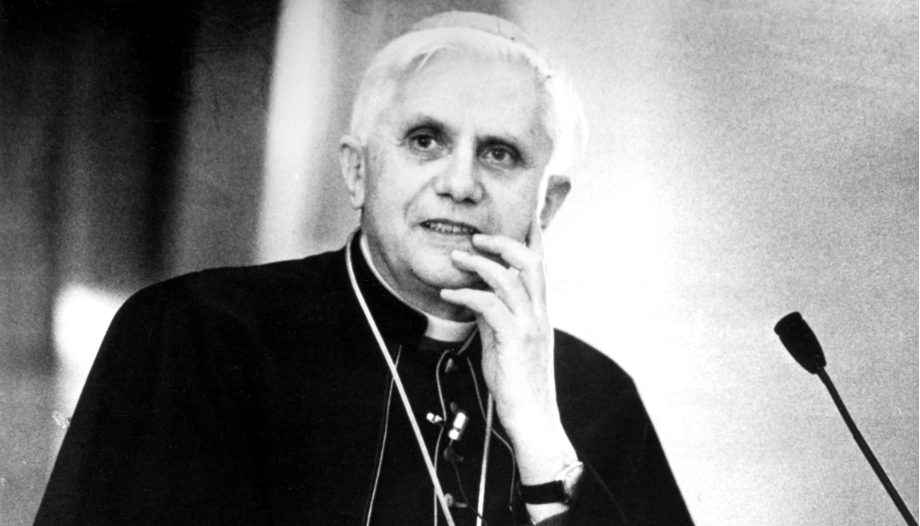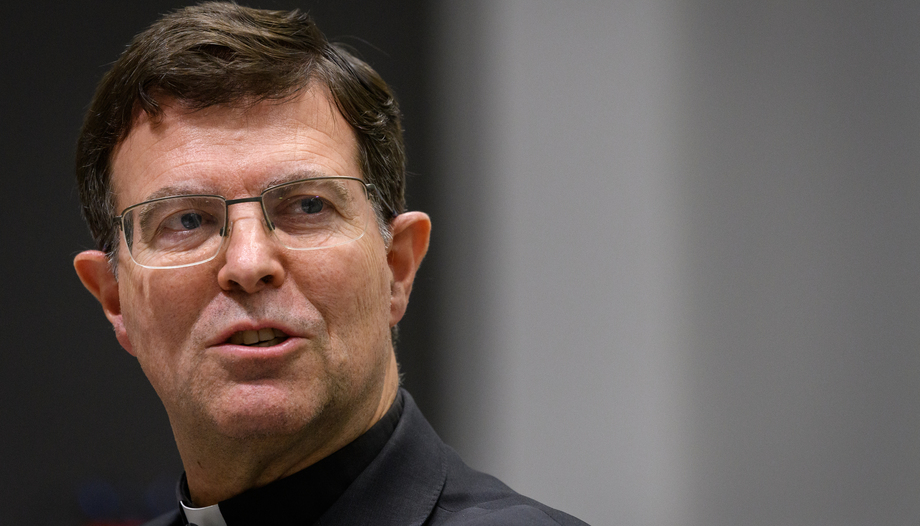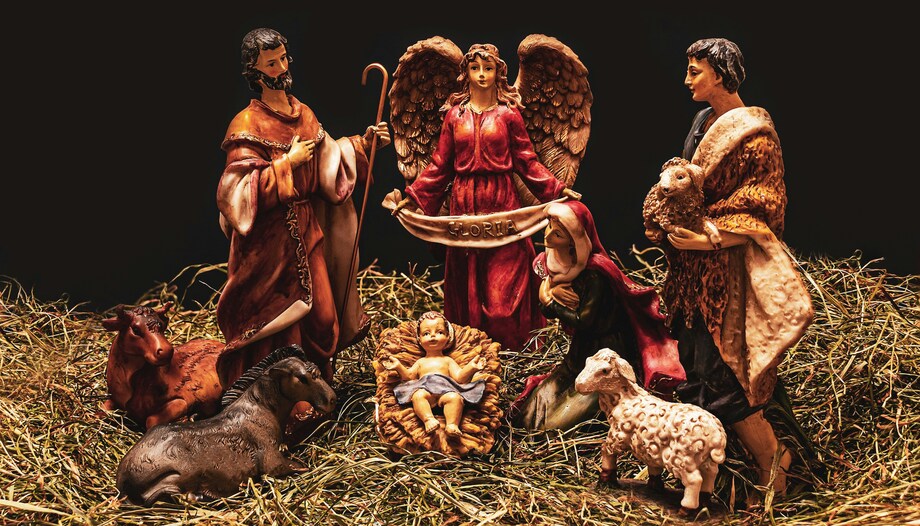Long before Abraham arrived in the Holy Land, Canaanite peoples were already living there with small cities built and fortified with walls. This is the case, among others, of Bethlehem, whose origins date back to about 3000 BC. It is a city located on a hill almost 800 m above the level of the Mediterranean Sea. In reality, its original name is not "Bethlehem" as its transliterated Hebrew version conveys it. Lahmo is the Chaldean god of fertility, called by the Canaanites "Lahama", and to him they dedicated the city, considering the fertile fields that cover it. There are indications that those first inhabitants built a temple to that god on the same hill where the Basilica of the Nativity is located today. In 1969 Shmarya Gutman and Ariel Berman identified the Canaanite city on the same hill, but the excavation has not been carried out. And about two kilometers southeast of Bethlehem, Lorenzo Nigro's team discovered a necropolis of the same period.[1].
Bethlehem of Judah
Although only 8 km from Jerusalem, the city of Bethlehem was never among the most populated of the kingdom of Judah, which lasted from 928 to 586 BC. The earliest recorded extra-biblical mention of Bethlehem today is in a letter found at the archaeological site of Amarna, Egypt, from the 14th century BC. In this document Abdi-Heba, the Egyptian governor of Jerusalem at the time, asked Pharaoh Amenhotep III to send him archers so that he could recapture the city of "Bit-Lahmi," where the Hafiru had revolted.[2].
However, its reference in the Bible is more abundant. The first is in Gen 35:16-19, when it is narrated that Jacob and his family were passing through there after leaving Bethel. In this passage the city Ephratah is first mentioned, and then it is mentioned again, but with the clarification "i.e. Bethlehem". Also the prophet Micah called it "Bethlehem Ephrathah" (cf. Mic 5:1). The point is that "ephrata", in Hebrew, indicates the fertility of the land, which had already given the name to this city in Canaanite times, although referring to the god of fertility, and not to fertility directly. What the Hebrews did was to substitute the name of the god of fertility for a Hebrew word with a phonetic similar to the aforementioned "lahama", such as "lehem" (bread, which somehow also alludes to the wheat and barley plantations of the city), and to add a kind of surname that translated the substituted word. From there came the "ephratah". In addition, in Jos 19:15 a Bethlehem is mentioned, attributed to the inheritance of Zebulun, located therefore to the south of Galilee.[3]. However, "efrata" could also be used to disambiguate them.
Due to the little importance of this other Bethlehem, with the passage of time the one in Judah became famous, making the surname "Ephratah" dispensable. This is implied by the inscription "Bethlehem" on a seal from the 8th-7th centuries BC found in 2012 by the archaeologist Eli Shukron, of the Israel Antiquities Authorityon the outskirts of the Old City of Jerusalem.[4]. Apparently it was an administrative or fiscal document sent from the capital.
Continuing with the question of the fertility of the region, a fundamental factor for there to be life, Francisco Varo explains that "the city was located on a hill, and at its foot were the wheat and barley fields, as well as olive groves and vineyards. Economically it was of some importance, being a market for small livestock, since the shepherds of sheep and goats, who roam with their flocks the neighboring desert of Judah, used to camp on the outskirts of the town."[5].
In the same line, the book of Ruth refers that "Boaz came from Bethlehem" (Ruth 2:4) and that he was the owner of cultivated land, in which, by the way, Ruth herself worked when she met him. And 2Sm 23:16 speaks of a "well that is by the gate of Bethlehem", from which those who went with David gave him to drink and he refused, even after saying: "Who would give me water to drink from the well of Bethlehem, which is by the gate? About that, Gonzalez Echegaray says that "lacking fountains in its enclosure, Bethlehem was supplied with rainwater contained in fresh cisterns dug in the rock, already famous since ancient times."[6]. According to Cabello, "it seems that the Roman aqueduct that passed through the city made it improve its situation a little as there were no water sources in its precincts. Being a city of passage to the fortresses of Herodion and Masada in the time of Herod the Great and controlling the main route connecting Jerusalem with Hebron also gave it some life."[7]. These last two cities were about 30 km apart, and it was very convenient to make a stop almost halfway in Bethlehem to replenish energy and rest a little.
Its historical importance for the Jews, in fact, comes precisely from the great-grandson of Boaz and Ruth, David, who was born there and was to reign over Judah and Israel from 1013 to 966 BC, when the monarchy was still unified, according to the biblical account of the First and Second Books of Samuel and the First Book of Kings. For Christians, on the other hand, it is also added that the birth of Jesus also took place there, according to the gospels of Matthew and Luke. Below we will analyze the relationship between the two most central biblical characters of each Testament.[8] with the city of Bethlehem.
Bethlehem of David
In Judg 17:7, when the sacred author says "Bethlehem of Judah", he is referring to the region rather than to the tribe. In fact, the tribe of Judah had occupied a large part of what later became the southern kingdom, that is, from near Bethlehem to Kadesh-Barnea, in the Negev desert, excluding the vicinity of Beersheba, inhabited by the tribe of Simeon. As great cities of Judah, Hebron, in the mountainous region, and Lachish, in the plain of the Sephelah, stood out.
Another factor that made Bethlehem a relevant city is that the tomb of Rachel, the matriarch, wife of Jacob and mother of Joseph and Benjamin, and the third holiest place in Judaism, is venerated there.[9]. At the birth of her second son, she happened to be in Bethlehem, and there she died (cf. Gen 35:16-19).
But by far the Jewish personage who made Bethlehem most famous was David. That is where his family comes from (cf. 1 Sam 17:12-15) and that is also where he was anointed by the prophet Samuel. From that time on, the young shepherd boy put himself at the service of Saul, the now aged king of Israel, and played lyre for him when the latter was feeling unwell, which calmed him down. After David's victory over Goliath, in a context in which Saul no longer enjoyed such prestige among the people, David became the king's son-in-law and a great friend of Jonathan, Saul's son. In short, after pursuing David, Saul commits suicide when he is wounded in a battle against the Philistines. Some divisions arise over the possible successor, but David gains the confidence of the chiefs and is appointed king in Hebron. He then chooses as a neutral city to be the capital of the kingdom the one called Jebus, that is, the city of the Jebusites, which corresponds to part of what would become Jerusalem. And there he reigned for decades.
An interesting episode is that later Bethlehem was besieged by the Philistines, when King David was there (cf. 2Sm 23:14). González Echegaray adds that "it seems that in the high eastern part of the city [of Bethlehem], where today the basilica of the Nativity is located, the memories of David's family were still preserved, and probably there lived some who considered themselves his descendants" (cf. 2Sm 23:14).[10]. David died and is buried in the ancient Jebusite area of Jerusalem, today called the "City of David".
He was succeeded by his son Solomon, who reigned from 965 to 928 BC. At the end of his reign, his sons were divided, as was the kingdom. In Jerusalem, Gibeon and Jericho, very close north of Bethlehem, lived the tribe of Benjamin, whereupon the tribes of Judah and Benjamin were summoned by Rehoboam after the death of his father Solomon (cf. 2Chr 11:1-12). The tribe of Simeon, in turn, with the passage of time dwindled until it was assimilated into the tribe of Judah. Thus Rehoboam unified the tribes of Judah and Benjamin, and became king of Judah, with his capital in Jerusalem, while the general Jeroboam became king of Israel, with his capital in Samaria, ruling over the territory of the other Israelite tribes.
Apart from the ancient Canaanite walls, the Bethlehemite city was fortified and walled by Rehoboam, David's grandson (cf. 2Chr 11:5-12). In this context, the most prominent cities were Jerusalem, Lachish and Beersheba, the latter in the desert area further south of Hebron. "The city [of Bethlehem] had been repopulated on the return from the Babylonian exile with exiles native to the place (cf. Esd 2:21; Neh 7:26), and one of its sources of income must have been trade in sheep, which grazed, as they do today, in the vicinity of the adjoining desert of Judah (Lk 2:8,15; 1Sm 16:11,19; 17:15,34-35)"[11].
Although already quoted above for another purpose, historically it is at this time that the prophet Micah, who lived in the 8th-7th centuries BC, is situated. In Mk 5:1 we read: "But you, Bethlehem Ephrathah, though so small among the clans of Judah, out of you shall come forth to me one who is to be ruler in Israel; his origins are very ancient, from days of old". Made centuries after David, this prophecy is interpreted as messianic, and applies to Jesus.
Bethlehem of Jesus
Numerous studies were made on the relationship between the city of Bethlehem and Jesus, which allowed a greater precision in the data, in comparison with David and all the previous characters. From the precise date and the concrete site of his birth within the city, to the reason why Mary and Joseph were there. In this section we will also talk about the Basilica of the Nativity which is located in the elevated part of the Bethlehemite city.
Although the Gospels of Mark and John do not say that Mary gave birth in Bethlehem, neither do they say otherwise, nor do they place this event in another locality. Therefore, no further disputes arise on this matter. However, the Matthean and Lucan Gospels, when locating the birth of Jesus in that city, do it in the context of a census, and on this there are divergences.
The first Gospel simply says: "After Jesus was born in Bethlehem of Judah in the time of King Herod" (Mt 2:1), and a little further on quotes the well-known prophecy of Micah. On the other hand, Luke contextualizes more the journey of the Holy Family to the city of David: "In those days an edict was promulgated by Caesar Augustus that everyone should be registered. This first census was made when Quirinus was governor of Syria. Everyone went to register, each to his own city. Joseph, being of the house and family of David, went up from Nazareth, a city of Galilee, to the city of David called Bethlehem in Judea, to register with Mary his wife, who was with child" (Lk 2:1-4). Since the birth of Jesus took place between the years 6 and 4 BC, and the census of Quirinus took place ten or twelve years later, it seems that the information does not add up.[12].
Citing Pierre Benoit's study, González Echegaray summarizes it as follows: "The census referred to in the Gospel is due, in effect, as it says, to a general attempt to census the population of the empire, at least in its eastern zone, in accordance with the dispositions of the emperor Augustus. It also included the associated states, such as the kingdom of Herod. It must have begun around 7 BC, Saturninus being governor of Syria, and then continued under the government of Varus at the end of the reign of Herod, to conclude in the time of P. Sulpicius Quirinus (year 6 AD) with the change of administration (...). This census therefore bore in Judea the name of Quirinius, and so the Gospel cites it, although in fact it had begun earlier, even some years before the birth of Jesus."[13].
The same author clarifies why the trip to the place of origin of each family was necessary: "The fact that the Gospel of Luke points it out as the reason for the journey from Nazareth to Bethlehem implies, in effect, that it was a census prior to the one directly related to the tributum capitisThe census was not a census, since it affected the inhabitants of Judea and Galilee equally. Moreover, one might think that in some way it was also related to the cadastral situation, since it would not be necessary to go to the 'place of origin' to register only for a census of an individual character, if it were not linked to the problem of identifying family properties in the countryside".
In turn, Murphy-O'Connor does not hesitate to affirm that "Mary and Joseph were natives of Bethlehem, and only went to Nazareth because of the atmosphere of insecurity generated by the Herodian dynasty (cf. Mt 2). Their long residence in Galilee gave Luke the impression that they had always lived there, and so he had to find a reason to place them in Bethlehem at the time of Jesus' birth (cf. Lk 2:1-7). He mistakenly invoked the census of Quirinus, but this took place on 6 AD."[14]. On the other hand, another author mentions a certain plan of Judaization of Galilee, which Joseph and many other Jews would have been part of, and that is why he went there with his family.[15]. In any case, for the moment we can only keep the question open, given the limited information available.
Moreover, according to the Lucan account, the birth of Jesus took place in a stable (cf. Lk 2:6-7): "And when they were there [in Bethlehem], the time came for her [Mary] to give birth, and she gave birth to her firstborn son; and she wrapped him in swaddling clothes and laid him in a manger, because there was no room for them in the room". The study of the terms used by the evangelist leads us to understand that the birth took place not in an inn, but in a house built in a cave in a mountain.[16]. Perhaps the house in question or part of it served as a stable, since a manger was located in it. According to Pfeiffer[17]The tradition that Jesus was born in a cave in Bethlehem dates from the second century, i.e., it is not properly from the apostolic period. But Murphy-O'Connor, in turn, picks up on the fact that "pre-Constantinian pottery and masonry suggest that these caves [the cave traditionally thought to be the one in which Jesus was born and other caves further north] were in use in the 1st and 2nd centuries AD."[18]. In this sense, the thesis that it was a conventional house built in front of a cave, and not an inn, is plausible. The fact that the birth took place in the portion dedicated to the animals may have been to preserve the intimacy of the family moment, because it is possible that they were not alone in that house.
Finally, as a curious fact, in spite of Jesus having been in so many cities during his public life, among them many near Jerusalem, there is no record that he visited Bethlehem as an adult. Perhaps that is why Mary's son is not known as "Jesus of Bethlehem", but as "Jesus of Nazareth", notwithstanding the convenient link with King David that this would entail.[19].
However, upon arriving in Bethlehem, the visitor will find the Basilica of the Nativity. If in Roman times the cave where Jesus was originally born and its surroundings had been covered by a "sacred wood" of Adonis, in 325 AD the emperor Constantine had a basilica built on the site of the Nativity.[20]. According to Eutychius of Alexandria (9th-10th centuries), after the Samaritan revolt of 529 AD, "the Emperor Justinian ordered his envoy to demolish the church of Bethlehem, which was small, and to build another with such splendor, size and beauty that no other church in the Holy City could surpass it".[21]. In fact, in 1934 archaeologists William Harvey, Ernest Tatham Richmond, Hugues Vincent and Robert William Hamilton confirmed that the building dates back to the time of Justinian, and were able to reconstruct the floor plan of the Constantinian basilica, which was located on the same site as the current one.[22]. The Justinian work was completed in 565 AD, and the present basilica of the Nativity is essentially the structure built by Justinian with some minor maintenance alterations or non-structural additions.
[1] Cf. Pedro Cabello, Biblical archeology. Córdoba: Almuzara, 2019, p. 494.
[2] Cf. Jerome Murphy-O'Connor, The Holy Land. Oxford: Oxford University Press, 2007, p. 229.
[3] Adrian Curtis, Oxford Bible Atlas. Oxford: Oxford University Press, 2007, p. 132.
[4] Hair, op. cit., p. 494.
[5] Francisco Varo in: The Bible in your environment. Estella: Verbo Divino, 2013, p. 48.
[6] Joaquín González Echegaray, Archaeology and gospels. Estella: Verbo Divino, 1994, p. 99.
[7] Hair, op. cit., p. 494.
[8] This is the opinion of John Bergsma in the book The Bible step by step (Madrid: Rialp, 2019), that David is the central character of the entire Old Testament, since Jesus is better known as the son of David than as the son of Abraham or the son of Moses, for example. And obviously Jesus is the central character of the New Testament.
[9] Hair, op. cit., p. 494.
[10] González Echegaray, op. cit., p. 100.
[11] González Echegaray, op. cit., p. 99.
[12] González Echegaray, op. cit., p. 70.
[13] González Echegaray, op. cit., p. 70.
[14] Murphy-O'Connor, op. cit.p. 230 (my translation).
[15] González Echegaray, op. cit., p. 40.
[16] González Echegaray, op. cit.., p. 100.
[17] Charles Pfeiffer, Biblical-archeological dictionary. El Paso: Mundo Hispano, 2002, p. 68.
[18] Murphy-O'Connor, op. cit.., p. 237.
[19] Curtis, op. cit.., p. 149.
[20] Pfeiffer, op. cit.., p. 68.
[21] In Murphy-O'Connor, op. cit., p. 233.
[22] Hair, op. cit., p. 494.






 Top 10 most read Omnes news in 2022
Top 10 most read Omnes news in 2022




